Due to advances in digital tech, consumers have an unprecedented number of ways to engage with and buy from their favorite brands.
But providing isolated experiences across varying channels won’t cut it anymore. Instead of thinking in terms of individual channels, you’ll need to connect and integrate them to create an omnichannel experience.
This post will explain the benefits of forming an omnichannel strategy and walk you through building your own. Then, we’ll show you how brands from across different industries are already creating fantastic omnichannel experiences for their customers.
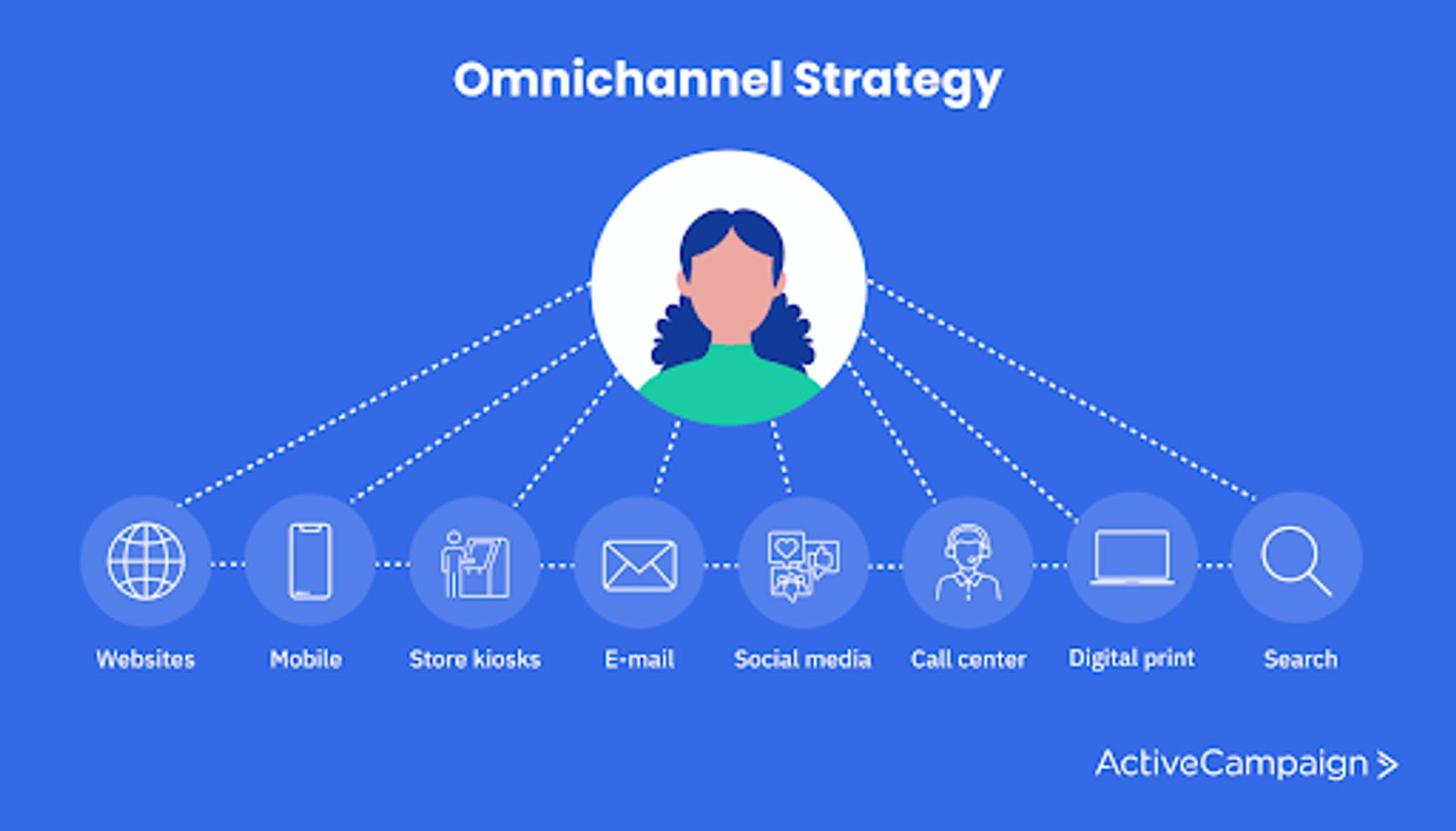
What is omnichannel marketing?
Omnichannel marketing, in simple terms, involves creating a marketing and sales strategy that works across all of your marketing platforms in a cohesive and harmonious way.
When you pull this off, you create an omnichannel experience for the customer. This means they get the same kind of brand experience regardless of the platform. This consistency on all channels maximizes your reach and expands the ways customers can interact with your brand.
Omnichannel vs. multichannel
A multichannel strategy uses several channels but doesn’t stitch them together to create a unified brand experience nor ensure each channel has the same end goal.
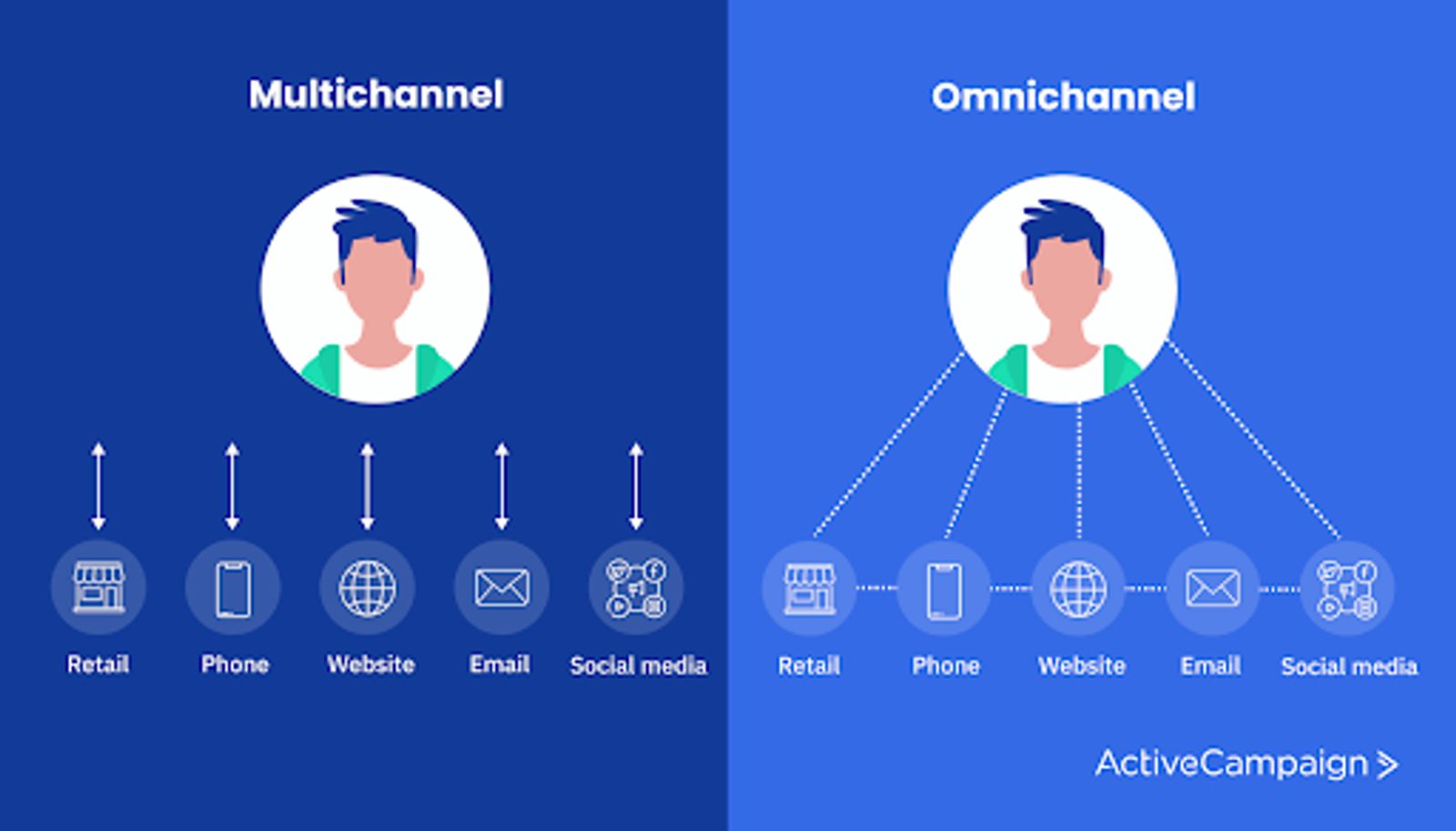
Let’s return to our earlier example. A multichannel strategy may include email marketing. However, you may not send content based on purchase history but generic email blasts instead.
Omnichannel takes that next step, unifying the brand experience regardless of the customer’s preferred channel.
Benefits of omnichannel marketing
Creating an omnichannel strategy helps give your customer an integrated experience across all channels.
This makes you stick out in the customer’s mind, offering plenty of benefits:
- Reach new customers: More channels mean you can reach more customers, allowing those customers to share your brand with more people. You can potentially uncover hidden markets by adding channels you don’t already use and integrating them.
- Improve customer retention: One of the best ways to outdo the competition and get more loyal customers is to create an omnichannel experience. Your customers will see you everywhere. You’ll be in their minds all the time. This helps grow your relationship with customers and keep them away from the competition.
- Boost sales: More touchpoints offer customers more chances to see similar messaging in different formats. This nudges them ever closer to the sale.
- Increase customer satisfaction: Omnichannel marketing makes your brand as accessible as possible, helping you stand out and increasing customer satisfaction. Your customers won’t have to worry about subpar channels or work hard to contact you on their preferred channel. Every channel will be connected, providing a much better customer experience.
- Improved efficiency: Multichannel is better than nothing, but it has inefficiencies omnichannel can fix. Omnichannel lets you collect customer data just once and put it in your CRM, rather than gathering similar data from multiple channels — especially if you use a CDP as well. You can personalize your marketing much more efficiently by creating an overarching strategy where each channel plays a part based on its strengths.
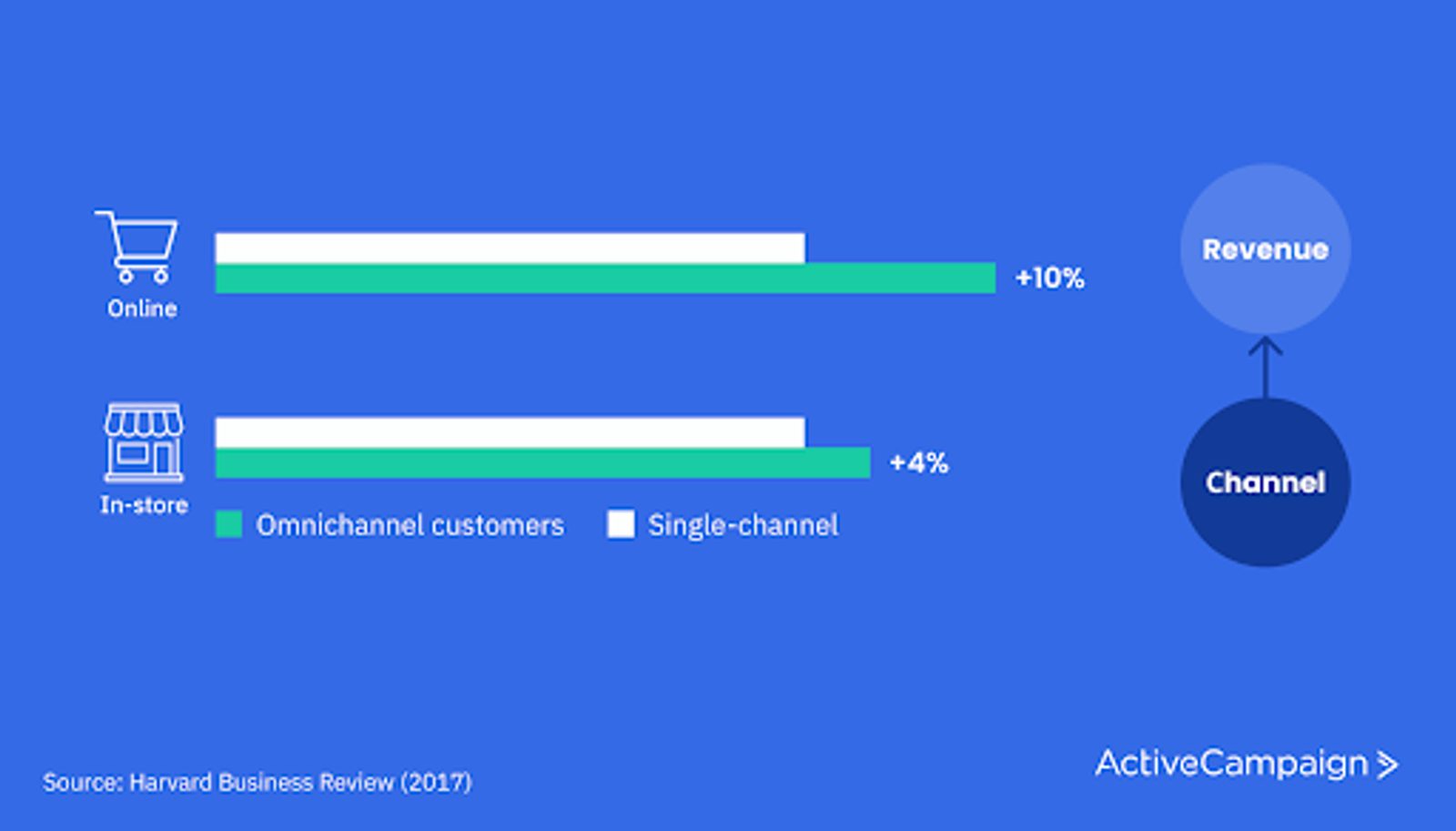
How effective is omnichannel marketing?
A 2017 Harvard Business Review report found omnichannel customers spent 4% more money in-store and 10% more money online than single-channel. They also spent more on each channel they used before buying.
Companies must have taken note of omnichannel’s effectiveness and ROI. According to a 2019 Coresight report, at least 74% of retailers have started or implemented an omnichannel approach, and that number has only grown since the pandemic accelerated online shopping trends.
That said, in-person shopping isn’t going away. As we leave the pandemic behind, over half of consumers want to return to in-person shopping as they miss the face-to-face experience.
Omnichannel marketing is the key to uniting the physical and digital. It ensures your messaging and customer experience stays the same everywhere — whether your customer reads your email, sees your social ad, watches a product video, or visits your store in person.
How can omnichannel improve marketing?
The most significant improvement omnichannel makes is creating a seamless experience for your customer. They receive the right message in the right place at the right time. Yet, at the same time, the messaging looks and feels consistent.
The brand feels more human. Instead of disjointed messaging that sounds like it could be from multiple brands, the customer gets a consistent experience.
This helps you raise brand awareness and form a strong connection with new customers. Plus, it makes it easier to gather data from customers — valuable data for crafting future marketing campaigns.
What makes a great omnichannel experience?
Let’s look at an example of a great omnichannel experience:
Imagine you own a small e-commerce store. You run display ads on relevant blog sites to drive traffic to your store’s top category. That’s one channel.
A reader sees this ad and clicks through to your store’s website — another channel.
The customer adds a product from your top category to their cart but gets distracted and forgets to check out. This triggers another channel, your abandoned cart email sequence with copy relevant to that top category, which helps the buyer finish their purchase.
You follow up with an SMS a week later asking them to leave a review. Submitting a review takes them to a page asking them to follow you on social media and subscribe to your email list.
Knowing their purchase behavior, you could segment them properly on your list to send relevant email content. You’d also put relevant social media content and ads in front of them.
All of these channels work together to create a holistic experience.
What does omnichannel service mean?
Omnichannel service is when your customer service team has a single dashboard and united view of your customers and their inquiries across social media, email, phone, and help desk.
If you’re wondering: “but how do I deliver an omnichannel customer experience?” Here's how: find a customer service platform or CRM that can integrate with all the channels mentioned above.
What is omnichannel commerce?
Omnichannel commerce is when your brick-and-mortar retail experience connects to your online marketing messages and e-commerce experience. For example, you can connect your point-of-sale system with your email marketing platform to send product recommendations or special coupons based on in-store purchases and follow up on social media with targeted ads.
But how do you make an omnichannel experience from scratch? Start by finding a platform that integrates with all of your separate marketing tools and channels. We’ll cover this in more detail in the next section.
Ten steps to building your omnichannel strategy
Omnichannel strategies are clearly beneficial in boosting sales and retaining more customers. Although they’re not set-and-forget and will need continual improvement, here are some steps you can take to get your omnichannel strategy up and running:
- Take stock of your existing marketing channels: This will help you see what’s already connected and working well. Once you know this, you can plan what new channels and integrations you need. Plus, you’ll get a good idea of the channels and devices your customers hang out on and save yourself from accidentally duplicating work.
- Create or update your customer personas: Auditing your existing platforms will help with this, but also dive into formal customer research through surveys, testimonials, keyword research, online research, social listening, and similar tactics.

- Segment your audience: This helps you determine what channels the subsections of your customer base prefer. Software products like CRMs and email marketing software make segmentation much easier since you’ll have your customer data stored in these programs.
- Create a customer journey map: This map will help you spot where the customer starts, identify key touchpoints within your customer journey, and find ways to stitch things together so they go to the right place at the right time.
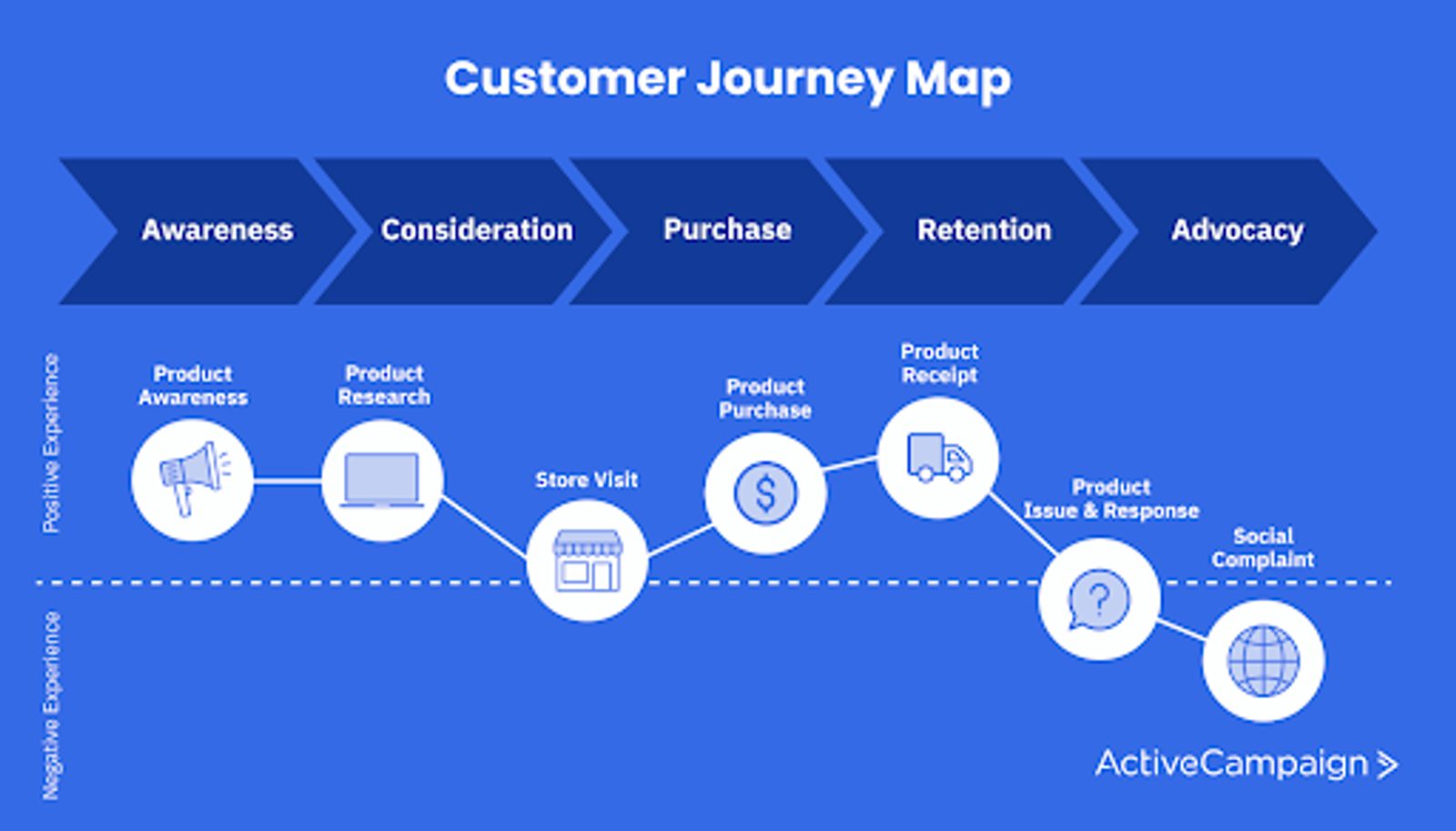
- Study your competitors: This provides more information about what platforms your customers like and what types of omnichannel tactics work. If you notice patterns in how brands communicate with their customers online, that could indicate a winning strategy, but take things with a grain of salt.
- Pick the best channels: Pick channels and platforms that complement each other, contain most of your customers, and work well for your brand. A freelance marketing consultant may not need the same channels as an e-commerce store.
- Invest in the right technology: You’ll need an omnichannel marketing software solution that helps you manage large amounts of customer information and multiple channels in one place. Marketing automation software is a must here.
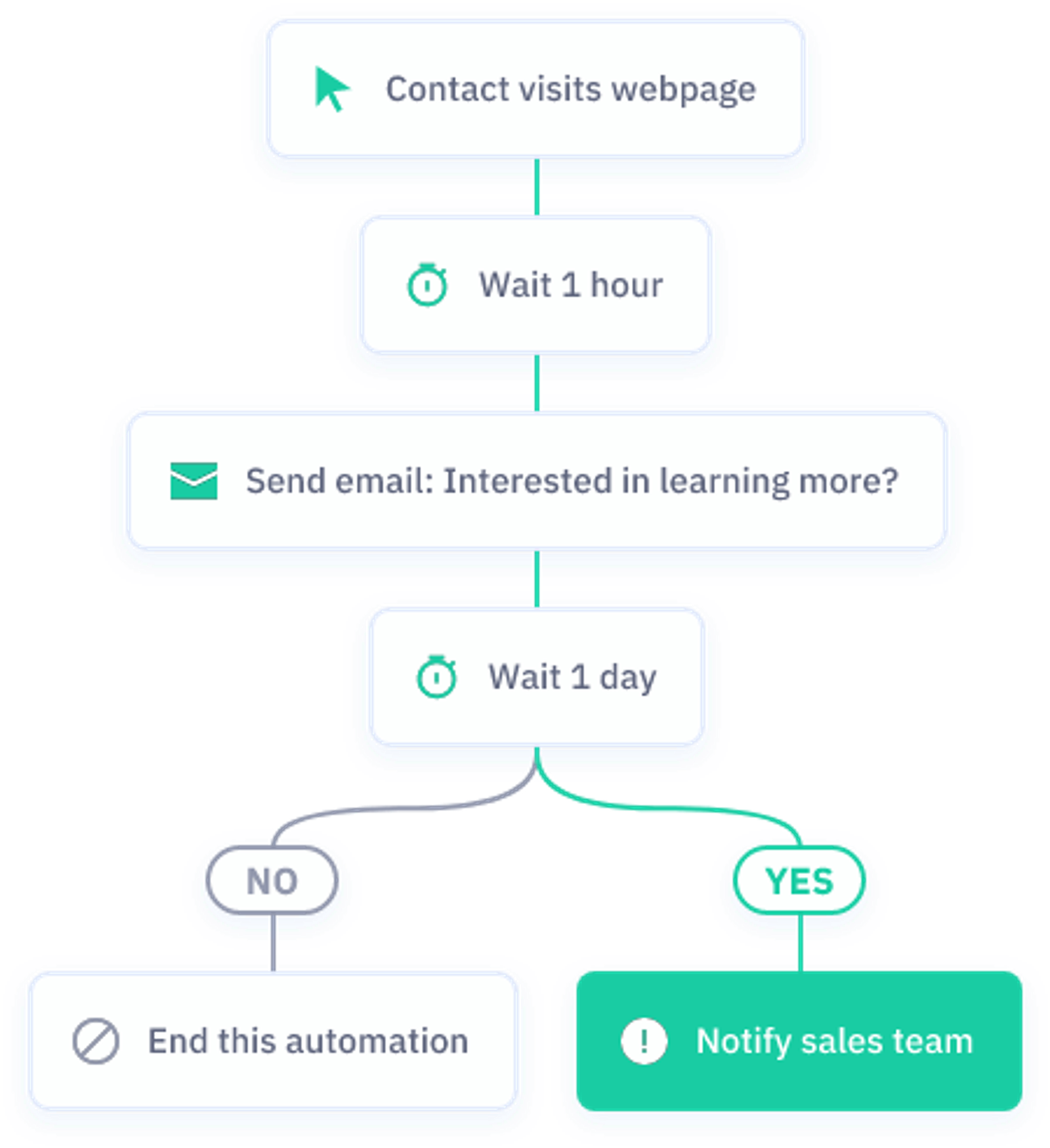
- Make messaging consistent but platform-appropriate: Keep your messaging consistent and congruent, but adapt it to fit each channel. The ideal email copy is different from a LinkedIn post or a Facebook ad.
- Optimize your primary channel, then expand: Start small by aligning your experience on your main channel. Once you nail that first channel, move on to the next best channel and set everything up.
- Monitor, review, and refine: Gather data and gain insights so you can refine and improve your overall omnichannel experience. For example, if you discover your paid search ads aren’t working well, change up your ads or weigh whether paid search ads work in your strategy at all.
Five examples of omnichannel strategies
It’s easiest to study the omnichannel strategies of giant brands because they invest a lot of resources into it.
But you don’t have to be a massive, multi-national company to take inspiration from these. In fact, being smaller makes you nimbler because you don’t need to run decisions through lengthy approval processes.
So with that said, study these examples of successful omnichannel strategies:
1. L.G.R World
Secret Key, a digital marketing agency and ActiveCampaign partner, helped sunglasses manufacturer and retailer L.G.R World create a fantastic omnichannel experience.
L.G.R’s new omnichannel strategy uses ActiveCampaign to automatically segment incoming customers based on customer information and the touchpoints they enter the business.
One of those touchpoints is Facebook — and L.G.R’s ActiveCampaign is integrated with Facebook to create custom audiences based on various factors and automatically run highly targeted Facebook Ads.
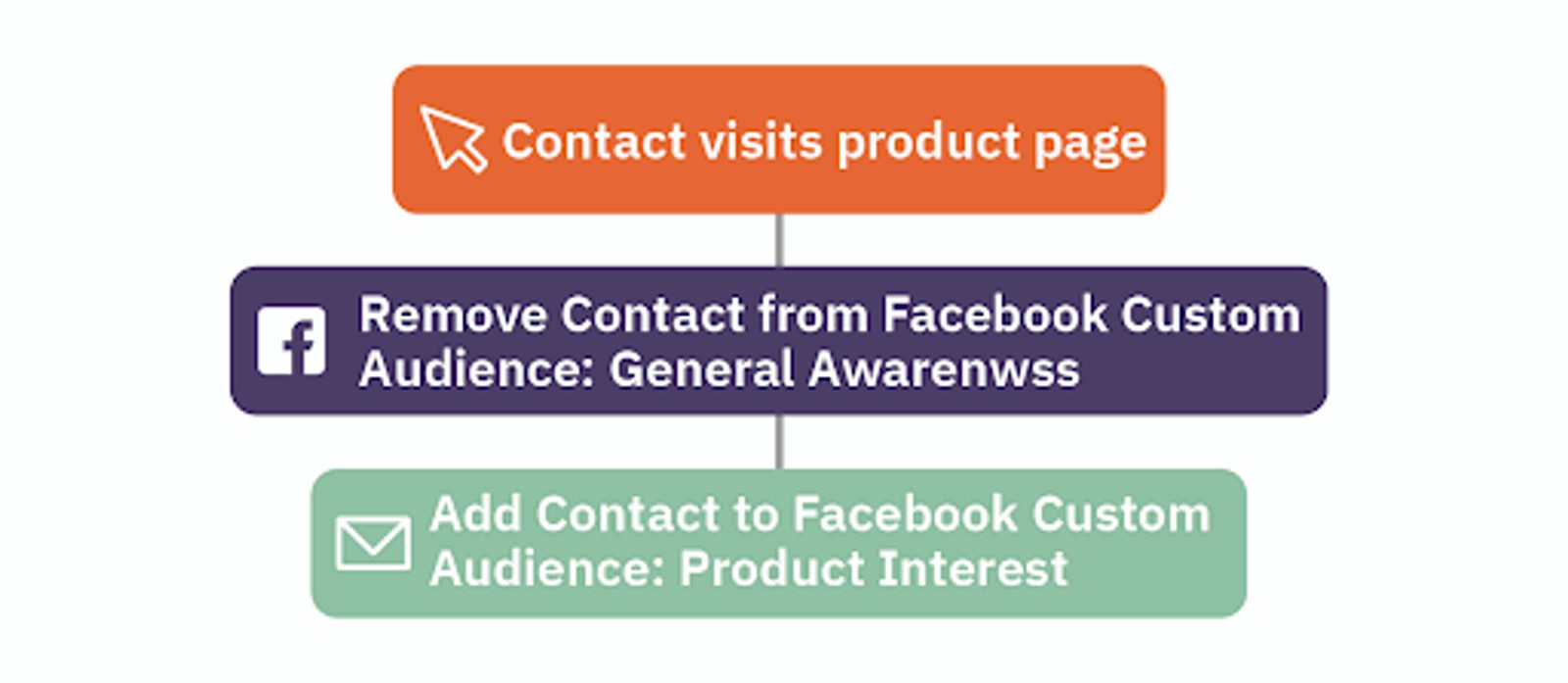
ActiveCampaign is integrated with WooCommerce as well, so L.G.R can automatically send the correct email sequences and drive customers to its brick-and-mortar stores. It also helps them tailor email content to each customer to create personalized experiences.
As you can see, these digital channels work in harmony to create an omnichannel experience. If needed, L.G.R. could add more channels through ActiveCampaign, such as an automated chatbot on its site.
2. Disney
Disney offers one of the finest omnichannel experiences out there by combining online and offline channels into a seamless experience.
First, you can book a trip to a Disney theme park on Disney’s excellent website, which is highly optimized for desktop and mobile.
Disney then offers a My Disney Experience tool that lets you explore and customize your trip beforehand.
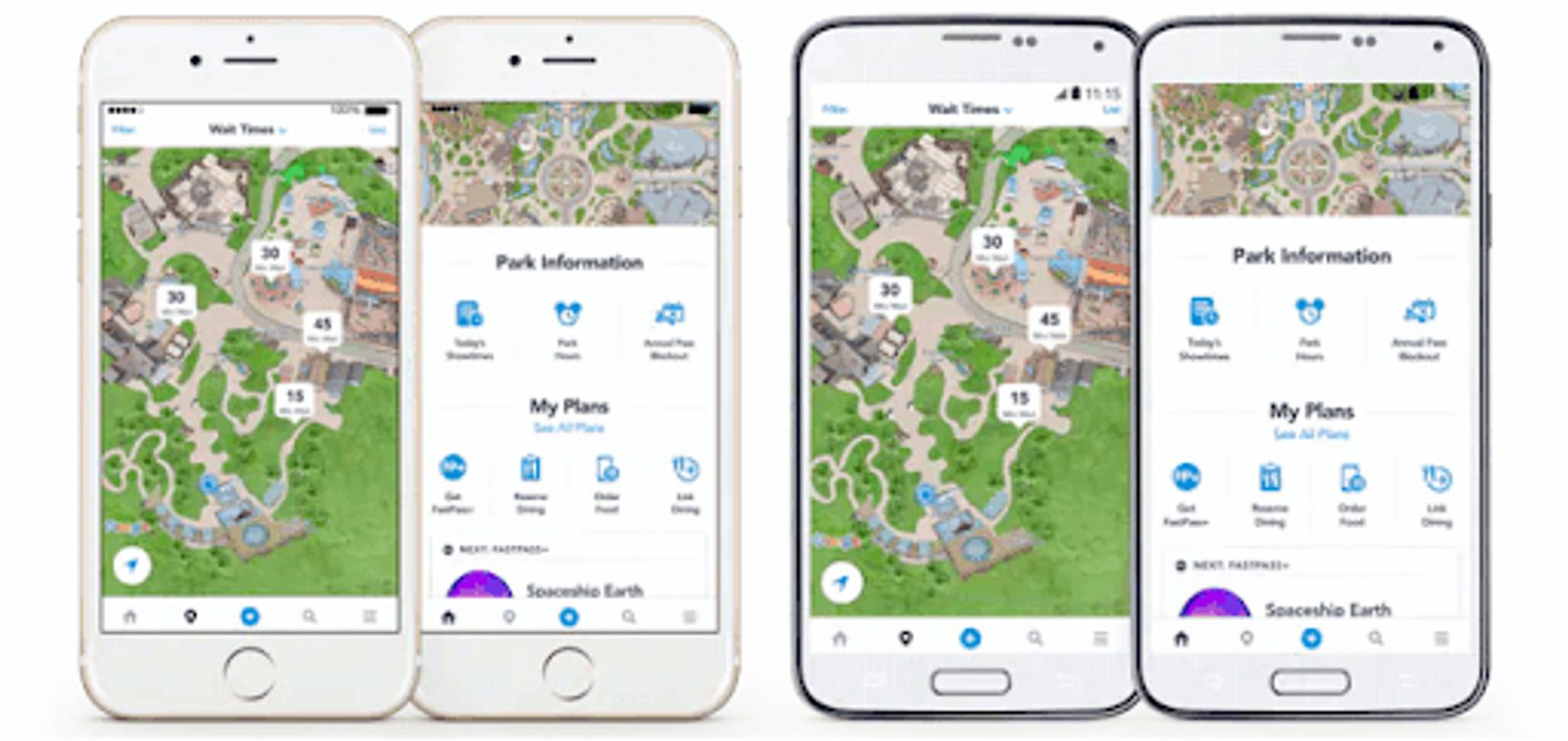
The Disney mobile app guides you to attractions, informs you of ride wait times, and more when you get to the theme park.
Plus, there’s the Disney magic band. This is your park ticket and hotel key, but it also lets you charge purchases to your room. If you update your information in the mobile app, it transfers to this band.
Disney has even linked Disney+ to the experience. Disney+ Day gave Disney+ subscribers all kinds of theme park perks, including the ability to access the park 30 minutes before it opens.
All along the way, of course, Disney keeps in contact with you via email regarding your theme park experience.
3. Starbucks
Starbucks has had a mobile app since 2009. Over the years, it’s built an excellent omnichannel strategy around this app with a focus on rewards.
For instance, the mobile app lets you find stores near you, order ahead of time to skip the line, and even tip your barista. When you make a purchase, you can scan the app to pay for your order and earn rewards points redeemable for future Starbucks purchases.
The app also takes you to a Starbucks-owned site where you can get digital scratch-off tickets and complete simple challenges to earn rewards points and win prizes.
Starbucks also offers a card you can link to your account and reload via the app, website, or smartphone.
Of course, you can access your account online as well. Plus, Starbucks uses email to send you information about your rewards and other offers to keep the coffee chain top of mind and keep you coming back for more.
This strategy is quite effective because most of it is centered around a convenient mobile app, serving as your one-stop shop for your Starbucks account and rewards.
4. Amazon
As the dominant force in e-commerce and a master at using customer data, it’s no surprise Amazon has an excellent omnichannel experience. It’s all centered around Amazon’s website.
For instance, if you view items on Amazon but never buy them, Amazon will send periodic emails informing you when they drop in price or go on sale. Their emails also urge customers to leave reviews and push them to buy more products.
They have physical stores, too, in the form of Whole Foods. You can order your groceries online through Amazon’s website for delivery or pickup in-store.
Of course, Prime members can use their accounts to access and manage their Prime Video, Audible, Kindle, Goodreads, and music library. You can even open an Amazon seller or business account directly from the website.
Yes, Amazon is a massive company — but even small businesses can learn a few things from its use of customer data to create a cohesive experience.
5. Bank of America
As online-only banks continue to grow in popularity, traditional brick-and-mortar institutions like Bank of America are pivoting to omnichannel to remain competitive.
They offer a great online banking portal and a mobile app to go with it. You can work with a chatbot to quickly handle tasks like making transfers or getting your questions answered within your account.
Like many banks, Bank of America also lets you deposit physical checks, schedule an appointment with a banker, open accounts, or find branches and ATMs directly on the app or website.
Give your customer a congruent brand experience with an omnichannel marketing strategy
Today, there are more channels than ever through which customers can reach you.
Establishing a presence on your customers' top channels is a good start. Still, you need to go further and create a holistic experience across all of them by implementing an omnichannel strategy.
Customers will appreciate the seamless transition between channels — and they’ll love receiving a consistent brand experience no matter which channel they prefer.
That said, you can’t get there without marketing automation software.
This technology lets you set parts of your marketing strategy on autopilot so that you can reap the benefits of omnichannel while saving time and resources. Most brands automate ad targeting and certain email sequences, as these usually involve a lot of manual work.
Regardless of what you automate, omnichannel marketing automation platforms like ActiveCampaign help you drive growth while freeing up resources for use elsewhere. Try ActiveCampaign free for 14 days today to see what we mean.









